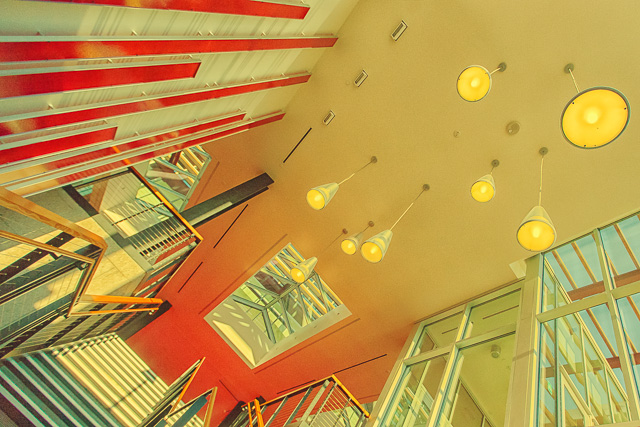“Fear is a natural reaction to moving closer to the truth.” ~ Pema Chödrön
This post is the fourth in a series of my story, an intimate exploration of art and healing. See the introduction and complete series at My Healing Journey.
I spent several months in the hospital. But after my initial admission, my condition went from extremely ill to critical, doctors transferred me to the equivalent of the critical care unit of a medical unit. But unlike a medical ICU with its high-tech equipment and constant activity, a person who needs a psychiatric ICU needs a different sort of healing space. She needs as little stimulus as possible. It is a time to quiet a system gone haywire from too much input.
By law, a patient must be placed in the least restrictive environment to treat their symptoms – I signed an admission form with a list of my rights – but my condition required drastic measures.
My world for several weeks was in a “Quiet Room” — a 8 x 8 foot cell-like room. The walls were softly padded, the floor was indestructible tile, the only window was covered with steel mesh and fully curtained in black. When covered with an over-sized piece of plexiglass, the space bore little resemblance to a window.
There was a mattress on the floor, a single sheet, a plastic pillow, and a camera high on the wall so I could be constantly monitored on a closed circuit system by a nurse who sat in the nursing station.
There was a door, but no door knob. Staff came in to deliver my meals, monitor my meds, and help me with basic needs. Otherwise, I was left alone — to rest. I craved someone to talk to me, or even to sit in the silent room with me, but rules required the nursing staff to monitor me by watching a television monitor, not to interact with me.
Also disturbing to me was the inset light in the small room’s ceiling. It was an obvious necessity. I understand that now — twenty years later. If I slept in a darkened room, no amount of surveillance on camera would inform them of my activity. If I paced in a darkened room, they could not see me pacing. Or crying. Or rocking myself, trying to calm myself, comfort myself. But I hated the constant light. Bright, with a yellow cast, I felt as if the fiery light was burrowing through my eyes into my brain.
My dreams, which I recorded in my journal while an occupational therapist supervised my safe use of writing materials, were constant chase scenes in confusing mazes, up and down stairwells, through basements and attics, jumps from roof tops only to end up zigzagging through six lanes of night-time traffic. I never knew who was chasing me. They hid from my view. The dreams were on repeat, and so I lived them and re-lived them.
I couldn’t tell night from day with the window covered. I didn’t understand what had happened to me, why I was here, nor how long I would need such extreme care. And I was angry and disoriented and terrified.
I describe this time in my life because this was me hitting the bottom. I could no longer function in the state I was in. I couldn’t go back to the life I’d enjoyed only a few weeks earlier. My only choice was to acknowledge my fears, as stated in the quote by Pema Chödrön, and move closer to my truths.
— based on journal entries, 1990-91
Next: Rapunzel, Rapunzel







